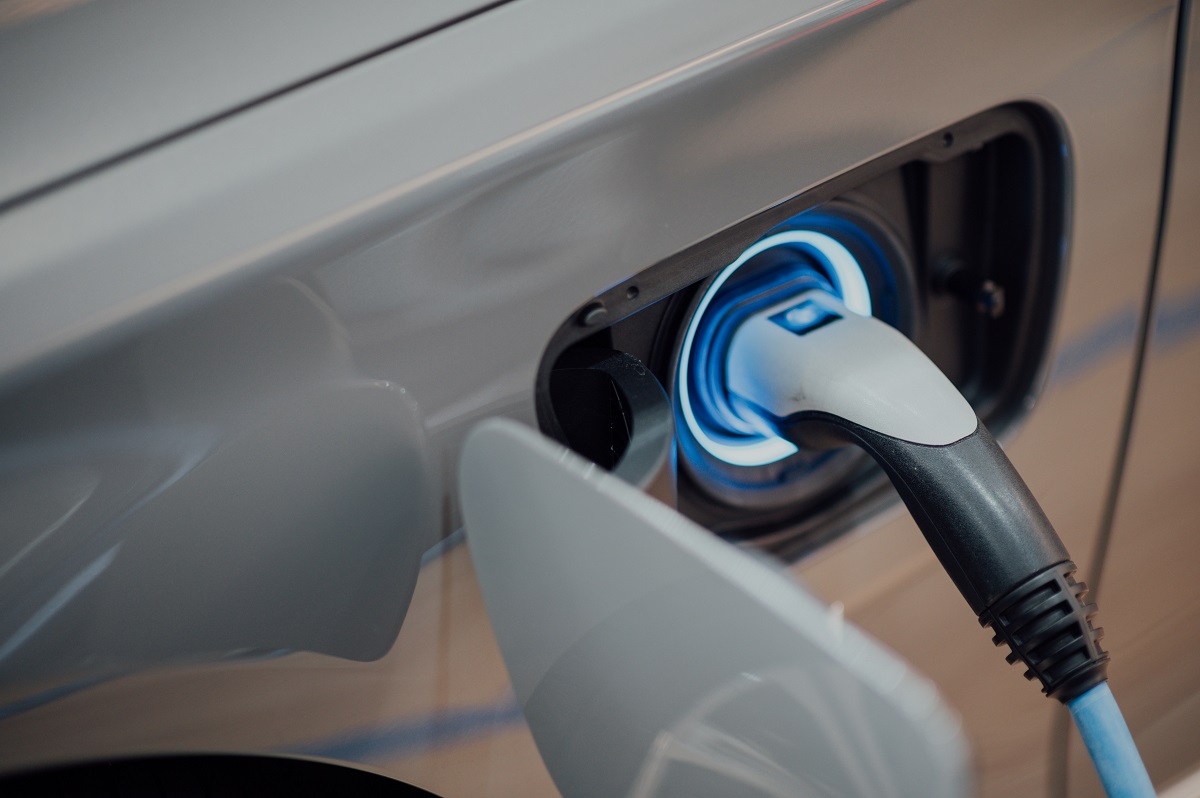The energy transition means a complete transformation of societies and lifestyles. Every day, slowly but surely, we accept and apply new principles. This significant transformation, whose ultimate goal is the creation of a new green world that will emit zero CO2 by 2050, reveals many new potentials and provides opportunities, that previously may not have existed. The energy transition is a complex process connected by several inseparable parts. The electric vehicle market is an important segment in the new green world, which is increasingly claiming its place in everyday life.
Despite the energy crisis and market uncertainty, the electric vehicle market achieves stable growth. The number of new vehicles is growing, and forecasts say that this growth will continue. And that should not be a surprising fact, considering that this segment is supported by strong government policies and subsidies, especially in the markets of the USA, the EU, and the leading markets in Asia (China, Japan, South Korea). But that is not the only reason why the number of electric vehicles is growing. The fact that the continuous development of technologies has also contributed to the decrease in the costs of the production of electric vehicles and the development of the necessary infrastructure in the field is not to be neglected either.
So, for example, the price of the battery, one of the most expensive components of the electric vehicle, has drastically decreased, as a result of the development of technology and investments in this process. If ten years ago the price of the battery for an electric vehicle was 1,100 dollars per KWh, in 2020 the price decreased to 137 dollars. On the Chinese market, the price is 100 KWh, and the reduction will continue in the next period, due to an additional drop in costs and an increase in the production of batteries for electric vehicles.
The trends, along with the strong investments in technology and of course the political will of the governments to achieve the targets for the elimination of CO2 emissions are a positive signal for new additional development in this market. According to the data, in 2020 the number of electric vehicles experienced a historic growth of 43%, compared to 2019, and the market value grew by 4.6%. The largest growth in the market of new vehicles was recorded in China with a growth of 4.7%, followed by the USA with a growth of 3.8%. This year, the growth in the number of electric vehicles is increasing further, so in the first months of 2022, 3.2 million plug-in cars were registered in the world.
The most dominant players in the electric vehicle market are innovator Elon Musk’s Tesla, German car giant Volkswagen AG, Chinese manufacturers SAIC Motors and BYD, and the Netherlands’ Stellantis. According to the number of vehicles sold and the operating income, these companies are definitely leaders in the electric car market. It is due to the established distribution channels on a global level, but also to the continuous investment in research and development of this market segment. This aspect is very promising because, despite the great growth in the number of electric cars, there are still challenges that need to be overcome.
Establishing and building a stable infrastructure is one of the key factors for development in the coming years. One aspect is the increase in infrastructure, which will facilitate the application of electric vehicles. But perhaps even more important is its standardization. So, for example, Tesla charging stations do not work for other brands of electric vehicles, charging stations are only compatible with a certain voltage, and countries have different fast charging rules.
In that direction, the standardization of the infrastructure is an important factor for development. But at the same time, it is important to continue investments in renewable energy sources, because electric vehicles can be “green” and contribute to the achievement of CO2 elimination goals only if the energy they use comes from renewable sources.

